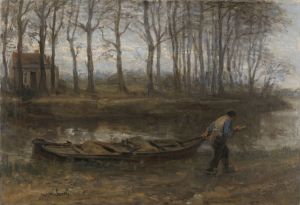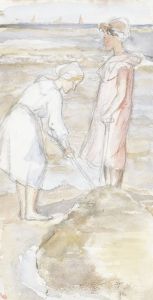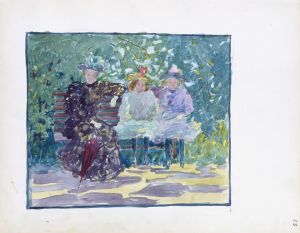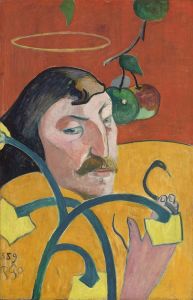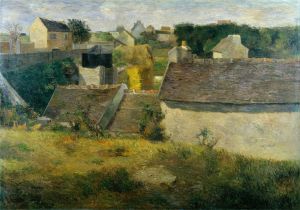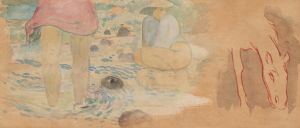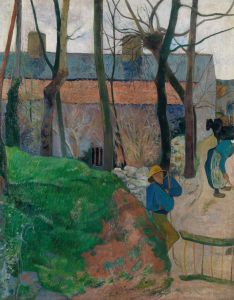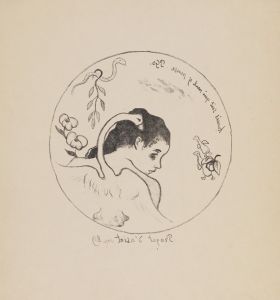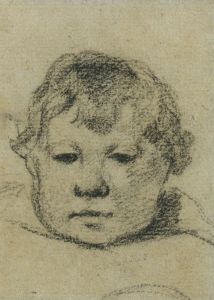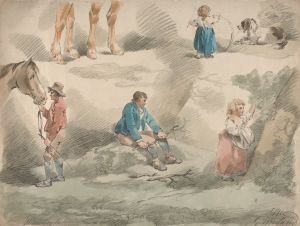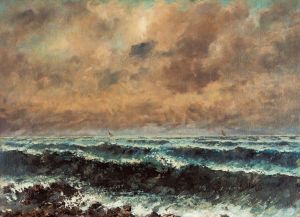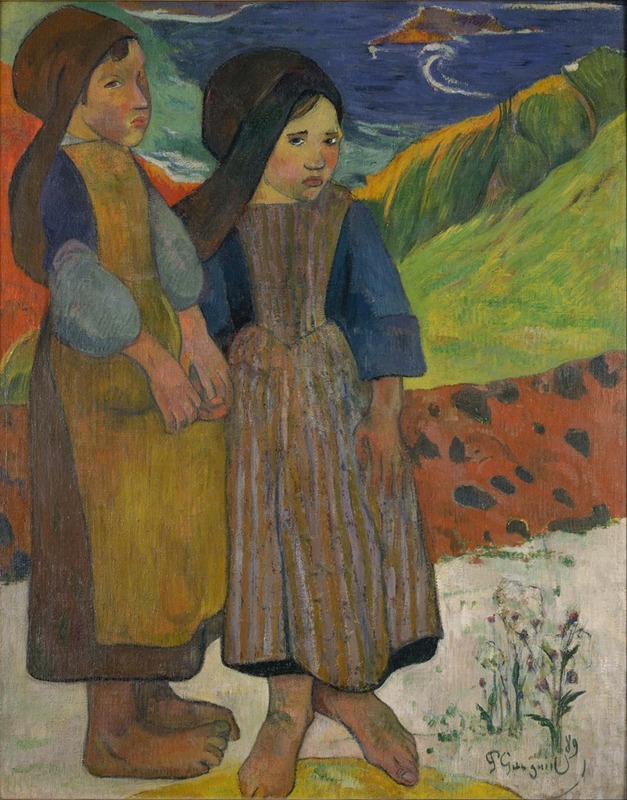
Two Breton Girls by the Sea
A hand-painted replica of Paul Gauguin’s masterpiece Two Breton Girls by the Sea, meticulously crafted by professional artists to capture the true essence of the original. Each piece is created with museum-quality canvas and rare mineral pigments, carefully painted by experienced artists with delicate brushstrokes and rich, layered colors to perfectly recreate the texture of the original artwork. Unlike machine-printed reproductions, this hand-painted version brings the painting to life, infused with the artist’s emotions and skill in every stroke. Whether for personal collection or home decoration, it instantly elevates the artistic atmosphere of any space.
"Two Breton Girls by the Sea" is a painting by the French Post-Impressionist artist Paul Gauguin. Created in 1889, this work is a part of Gauguin's exploration of Breton life and culture during his time in Pont-Aven, a small village in Brittany, France. Gauguin was drawn to Brittany for its perceived authenticity and the simplicity of its rural life, which he felt was a stark contrast to the rapidly industrializing Paris.
The painting depicts two young Breton girls standing by the sea, a common theme in Gauguin's work during this period. The girls are dressed in traditional Breton attire, which includes distinctive hats and dresses, reflecting the local customs and culture. Gauguin was fascinated by the traditional costumes and the way of life in Brittany, which he saw as untainted by modernity.
Gauguin's style in "Two Breton Girls by the Sea" is characterized by bold colors and strong outlines, a technique that would later influence the Symbolist movement. The use of color in this painting is particularly notable; Gauguin employs a palette that includes deep blues and greens for the sea and sky, contrasting with the earthy tones of the girls' clothing. This use of color not only captures the natural beauty of the Breton landscape but also conveys a sense of tranquility and timelessness.
The composition of the painting is carefully balanced, with the two figures positioned in the foreground against the backdrop of the sea. This arrangement draws the viewer's attention to the girls, emphasizing their connection to the landscape. The sea, a recurring motif in Gauguin's work, symbolizes both the isolation and the vastness of the Breton region.
Gauguin's time in Brittany was a period of significant artistic development. He was part of the Pont-Aven School, a group of artists who were inspired by the region's scenery and culture. This group sought to break away from the conventions of Impressionism, focusing instead on symbolic content and the emotional impact of color and form. "Two Breton Girls by the Sea" exemplifies this shift, showcasing Gauguin's move towards a more abstract and expressive style.
The painting is also reflective of Gauguin's interest in the spiritual and mystical aspects of Breton life. The region was known for its folklore and religious traditions, which often found their way into Gauguin's work. While "Two Breton Girls by the Sea" does not overtly depict any religious or mystical themes, the serene and contemplative mood of the painting suggests a deeper connection to the spiritual landscape of Brittany.
Today, "Two Breton Girls by the Sea" is recognized as an important work in Gauguin's oeuvre, illustrating his transition from Impressionism to a more symbolic and expressive style. It remains a testament to his fascination with Breton culture and his innovative use of color and composition. The painting is held in a private collection, and its influence can be seen in the works of later artists who were inspired by Gauguin's bold approach to color and form.






